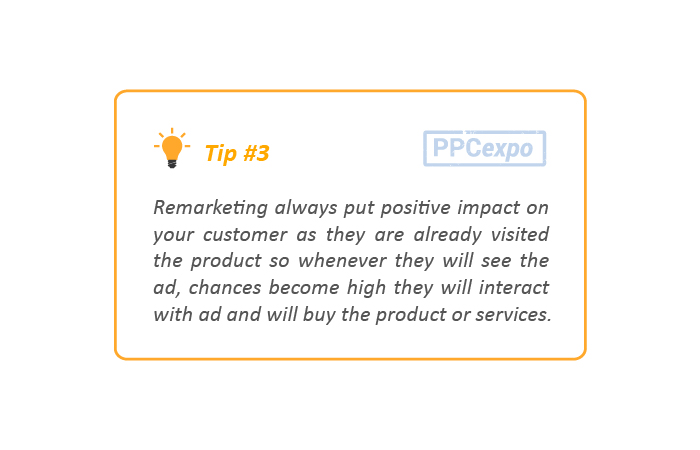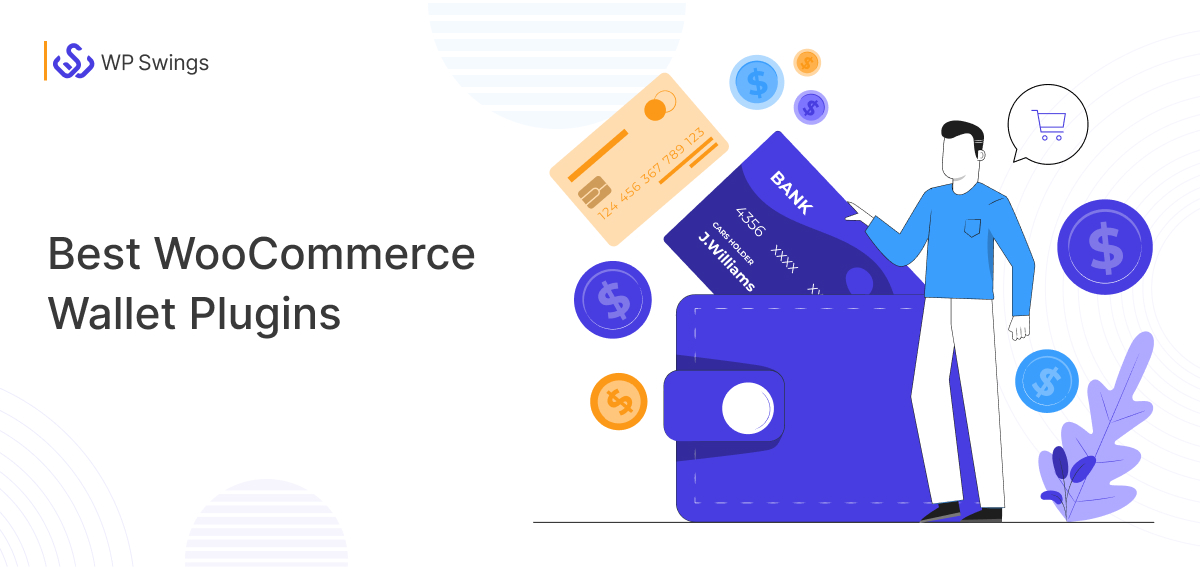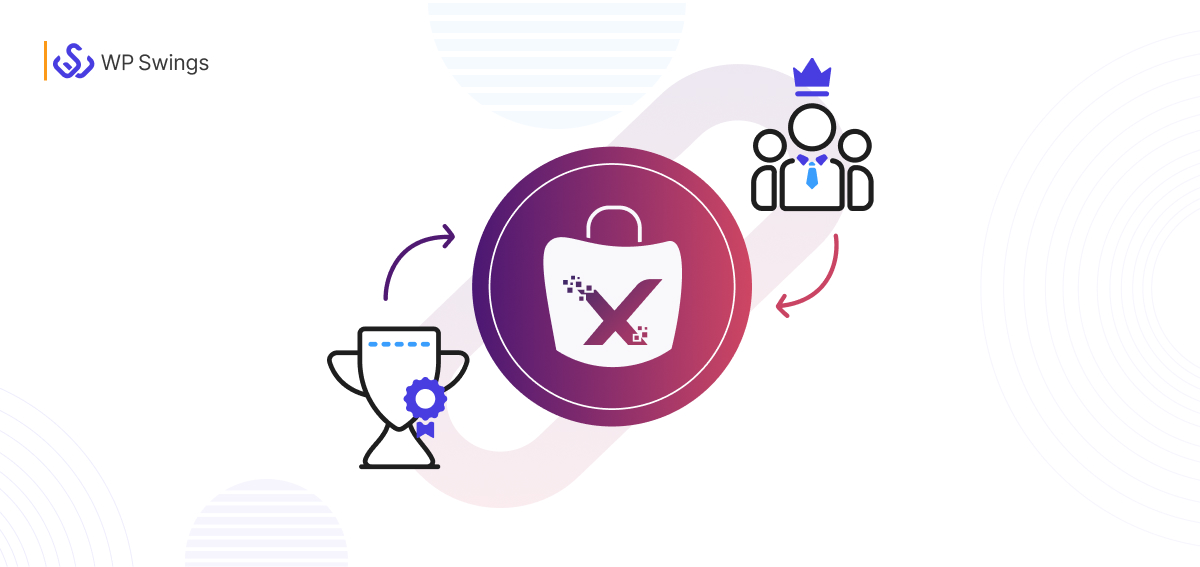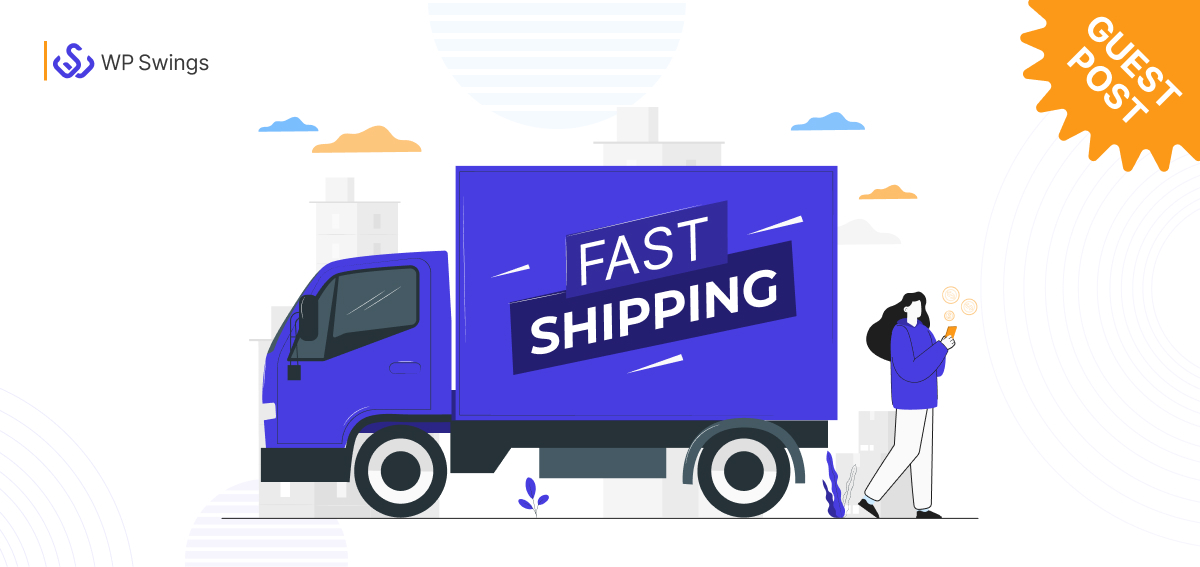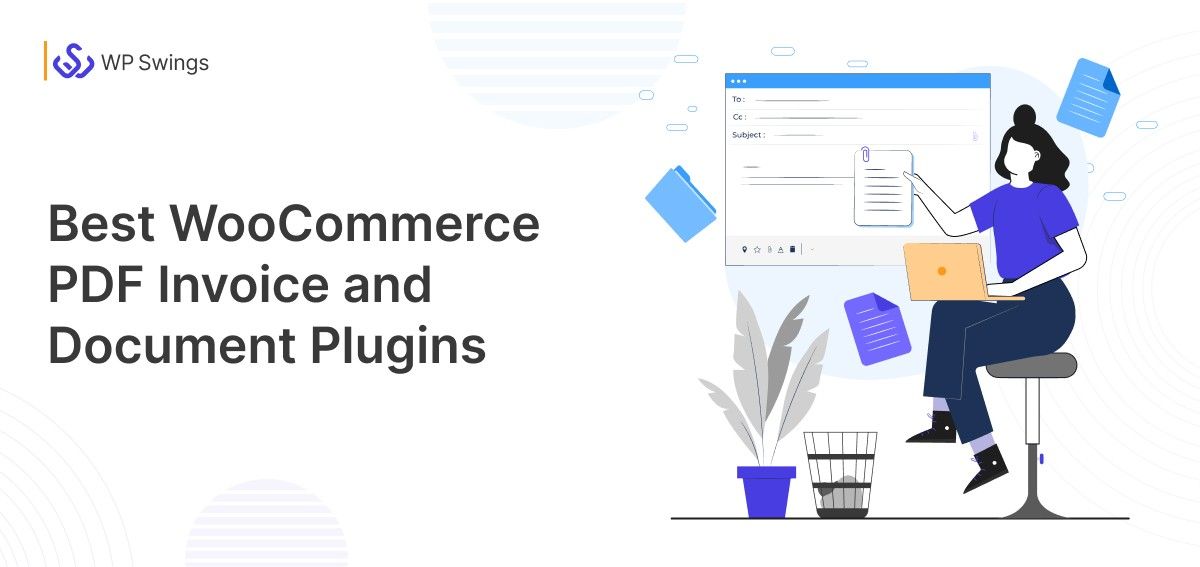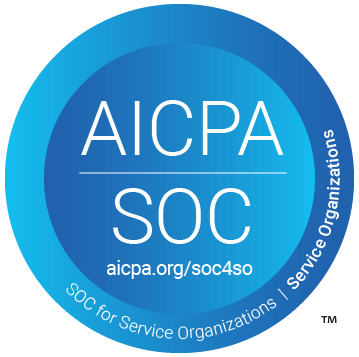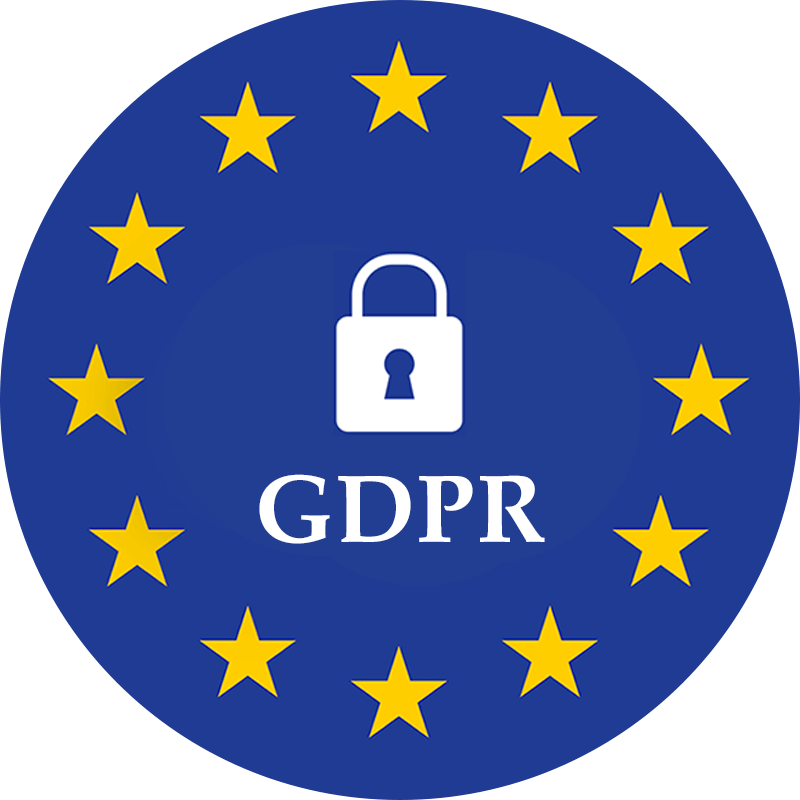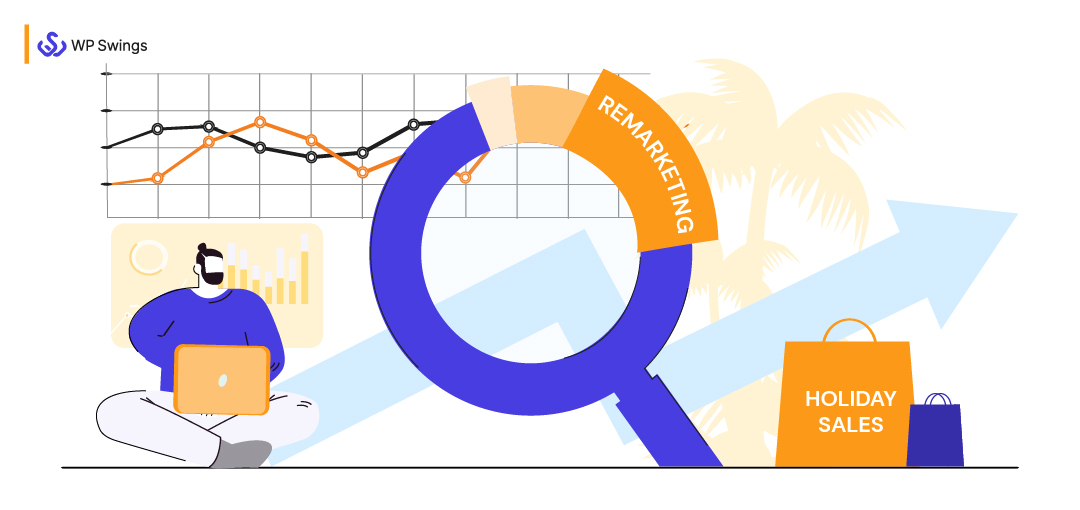
Holiday Remarketing Strategies are perfect for getting back users who left an action incomplete on your site!
The festive season sees the most shopping. Yes, don’t believe my words….checkout the stat below for more clarity—
Reports say that abandoned carts cost $18 Billion to eCommerce businesses every year. Still, the best part is, that there are still a lot of ways in which you can easily recover those abandoned carts. Among them, one of the best methods is Holiday Remarketing; and also the topic of our article today.
Undoubtedly…let’s check out the specifics then—
In The Blog, We Will Learn About…
So that’s all for the structure of this article, we will detail all the alluring strategies for your upcoming holiday remarketing strategy.
But first, we’ll start with the basics.
What Is Holiday Remarketing?
Remarketing is a method of displaying ads to the users who’ve already visited and exited your website taking no action.
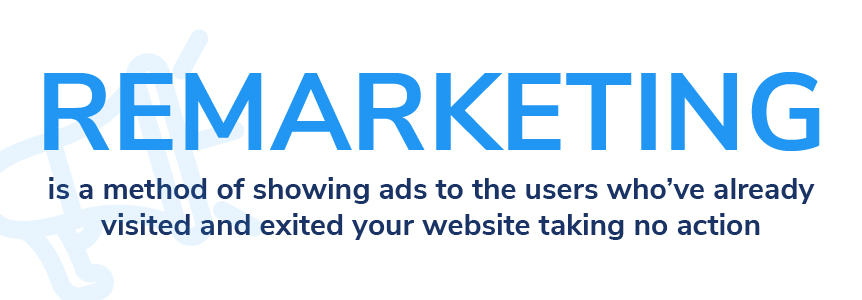
The idea of remarketing is to bring users back to your website or app and complete the action you want them to.
So, the question arises—How can you remarket your business?
It’s simple, with promotion and marketing. We will discuss in-depth the holiday remarketing strategies. But for starters, you can display your remarketing ads on other websites and apps to remind users to complete their actions following the current holiday marketing trends.
Importance Of These Holiday Remarketing Strategies
Before learning about the various types of remarketing strategies, it is crucial to know the importance of why it is important to exist and how can it benefit your eCommerce business. Let us find out…
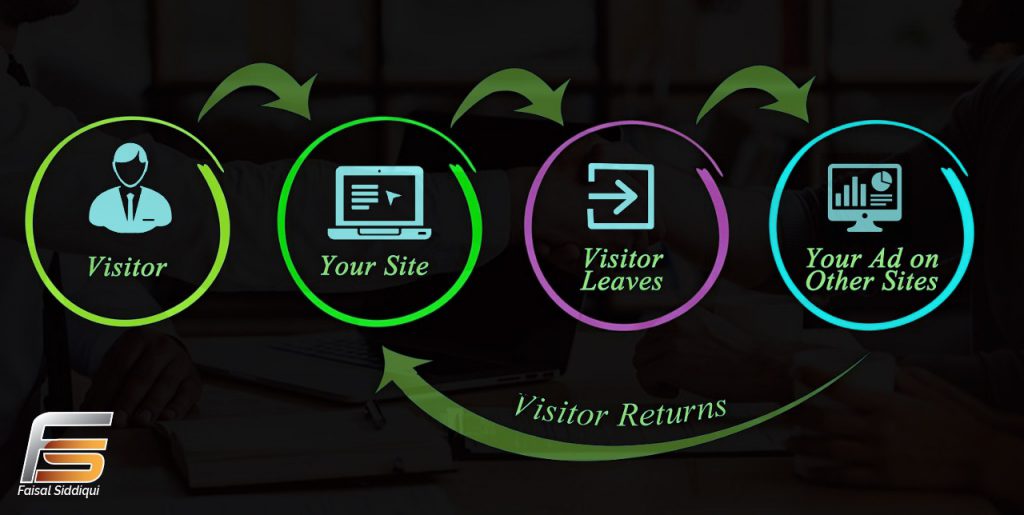
1. Improves Conversions
The most obvious benefit of remarketing. Boosting conversions is the reason why remarketing is done.
When you show users your remarketing ads, they come back determined to complete the purchase.
For example, I was searching for some football studs a few days back on Amazon. I looked at some but then dropped the plan of buying it. But then they started showing me remarketing ads of the same studs on one of my mobile apps. As a result, I clicked the ad and bought them.
2. Improves Brand Credibility With Relevant Ads
When you choose the right channel and segment your remarketing ads according to the audience, you ensure they receive a personalized experience. They’ll see what interests them and they can connect at a personal level. And when this happens, they trust your brand since you understand their needs.
3. Easy Recovery Of Lost Sales
You can ask anyone who isn’t a PPC expert and s/he will tell you that the best benefit of remarketing is the recovery of lost sales.
Website visitors who are remarketed with display ads are 70% more likely to convert.
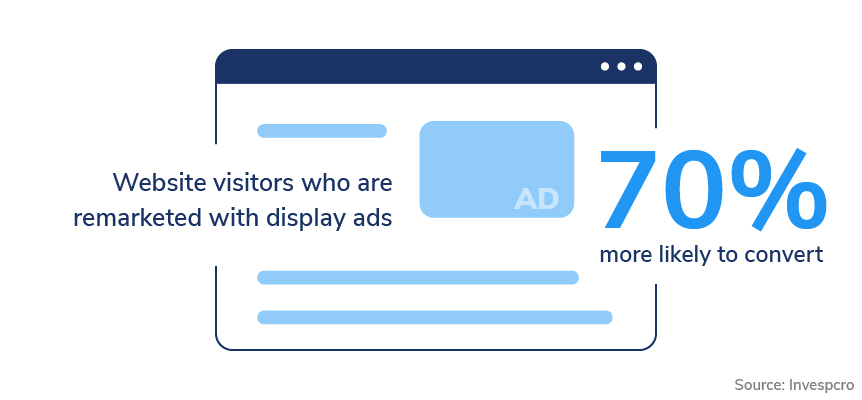
Holiday Remarketing Strategies give you another chance to bring those customers who didn’t complete their purchase on the first visit. And if you just don’t annoy your users with your remarketing ads, you have a high chance of recovering all the revenue that could’ve been lost.
4. Strengthen Your Brand’s Image With Remarketing Strategies
To rock in the business market, you need the audience’s trust. Including remarketing strategies helps you gain that trust.
Let me tell you how.
When you create your remarketing ads, you try to personalize them according to the user. And personalization enhances the user experience to a great extent.
8 Advanced Holiday Remarketing Strategies For Better Holiday Sales
Well, several remarketing strategies can push your holiday sales. But I’ve mentioned some of the most effective ones here.
So here are they:
1. Run Action-Based Remarketing
Remarketing needs to be targeted. Every user is different and has different requirements. Keeping all of them under the same umbrella and retargeting them with similar ads wouldn’t be effective.
Some visitors must be looking for knowledgeable content. While others may need some products as a solution to their problem. So the best thing you can do is to display remarketing ads based on their actions.
Like if a user visits and spends some time on a product page, only then retarget him with ads. But if a user visited only your blog posts and left the website, don’t go after him. For this, you need to create a custom audience in your ad manager.
In Facebook Ads Manager, you can do this by following these steps:
- Navigate to your Facebook Ads Manager from your Facebook account.
- From there, navigate to Audiences
- Then click on the drop-down and select Custom Audience
- After that, you need to select the criteria for how you’d filter the audience for retargeting
- Let’s say you choose traffic as a filter
- Enter the page URL you want to run the remarketing ads for. Like you’re running a sale for a product and want people to buy it. So enter the link to that product page.
- Then you need to set the frequency of visits, like how many times a user should visit the product page to see the retargeting ads. Let’s say a user visits that product page 3 times, it shows he’s interested in that product and your remarketing ads are more likely to convert him.
And you’re done.
Now if a user visits that product page 3 times, he’ll start receiving your ads and will come back to complete his purchase.
2. Identify The Right Time For eCommerce Retargeting Strategies
With retargeting, you need to make sure the users see your ad. Otherwise, what’s the point of spending money on it? Hence, you need to schedule your ads in a way so that nobody misses them.
But before creating an ad schedule, you must know what’s the perfect time to retarget your audience. So first identify when you should retarget users with ads. If you show them ads the next second they exit your website, it will start bothering them.
Give them 1-2 hours or even more and then show them remarketing ads. Another thing you can do is create a common schedule according to your website’s visit frequency. You can use Google Analytics to check what days and hours of the week get the most engagement. To check this, you can simply go to the Homepage of your Google Analytics and there you’ll see it.
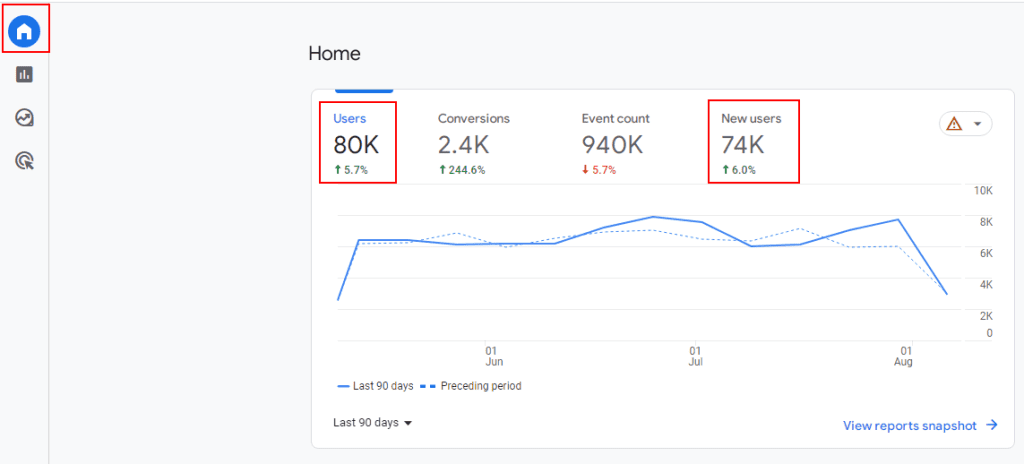
Once you identify the best slot, you can schedule your remarketing ads for this time. This post by Google on ad scheduling digs deep into the topic. You can check it to know more.
3. Prepare Ads Before The Holiday Season
It’s a basic one among the many Holiday remarketing strategies, but many brands are missing out on this.
They create their ads at the 11th hour. You should avoid doing this and start preparing your remarketing ads before the holiday season begins.
With this strategy, you won’t burn yourself out at the last minute. And you’ll have all the required assets in your hand and know how you’ll retarget the customers.
Want To Start Prepping Your Pre-Sale Marketing Strategy?
Just create a list of all the holidays you will target. Write what you’ll offer on these days whether it’s a discount, free shipping, cashback, free products, etc.
The more you’re prepared, the easier it will be to execute your remarketing tactics.
Related Post: Be Sale Ready With eCommerce Holiday Sales Calendar
4. Gather User Data To Personalize Your Ads
Data is the new currency. Brands have been using user data for a long time to offer a better experience.
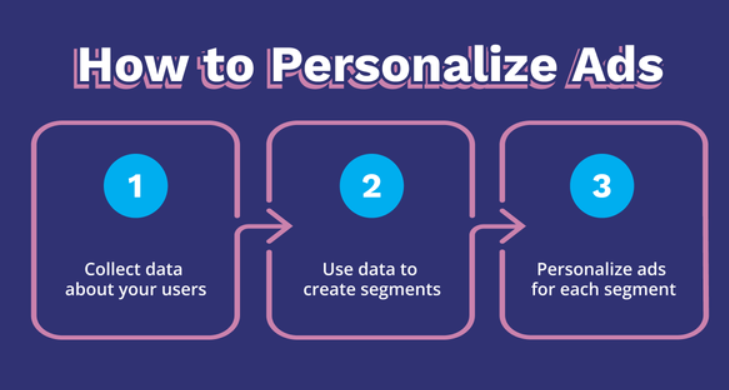
You need to do the same this holiday season. Try to collect the information of the users. Don’t just limit the emails. Ask for things like their birthday, marital status, location, interests, etc.
This will help you create ads that resonate with their interests. And if they see a personalized ad, they’re more likely to click it and shop.
5. Target Cart Abandoners To Bring Them Back
Abandoned carts are the biggest issue for every online business. According to Statista, Cart abandonment rates have been climbing steadily since 2014, after reaching an all-time high in 2013. In 2023, the share of online shopping carts that are being abandoned reached 70 percent for the first time since 2013.
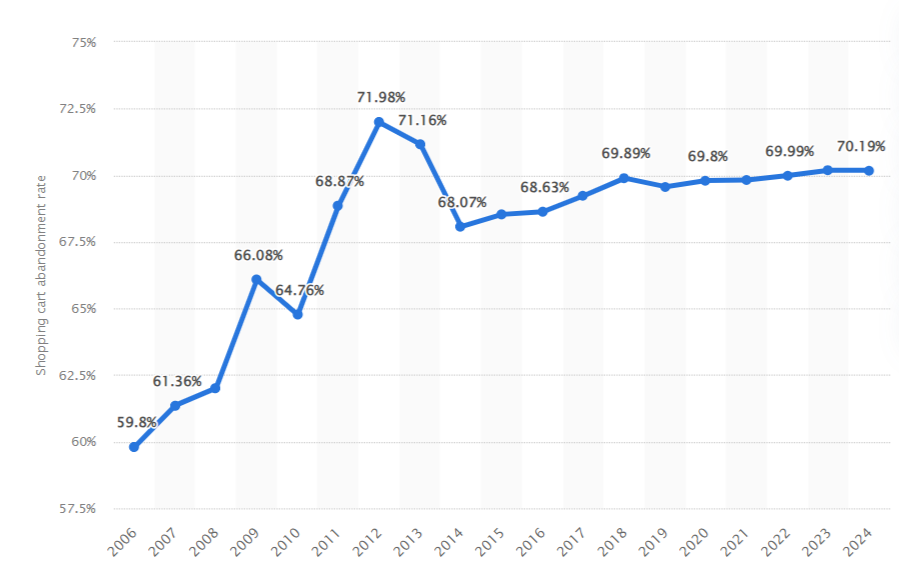
But remarketing is a wonder drug for abandoned carts. Nothing beats remarketing when it’s about abandoned cart recovery. The festive season is a time when most orders are placed. And if there are more orders, there’ll be more abandoned carts.
So target those cart abandoners and bring them back via your remarketing ads.
Want to Recover Abandoned Carts In Your Store?
6. Identify And Target The Best Ad Channels
Among all holiday remarketing strategies, this comes to be an important one. There are many channels out there that help you connect with your target market. You can target these channels to remarket users and drive them toward your store.
However, each channel has a different user base and it may not work like other channels. So, you need to choose wisely which channels you’re going to show your ads on.
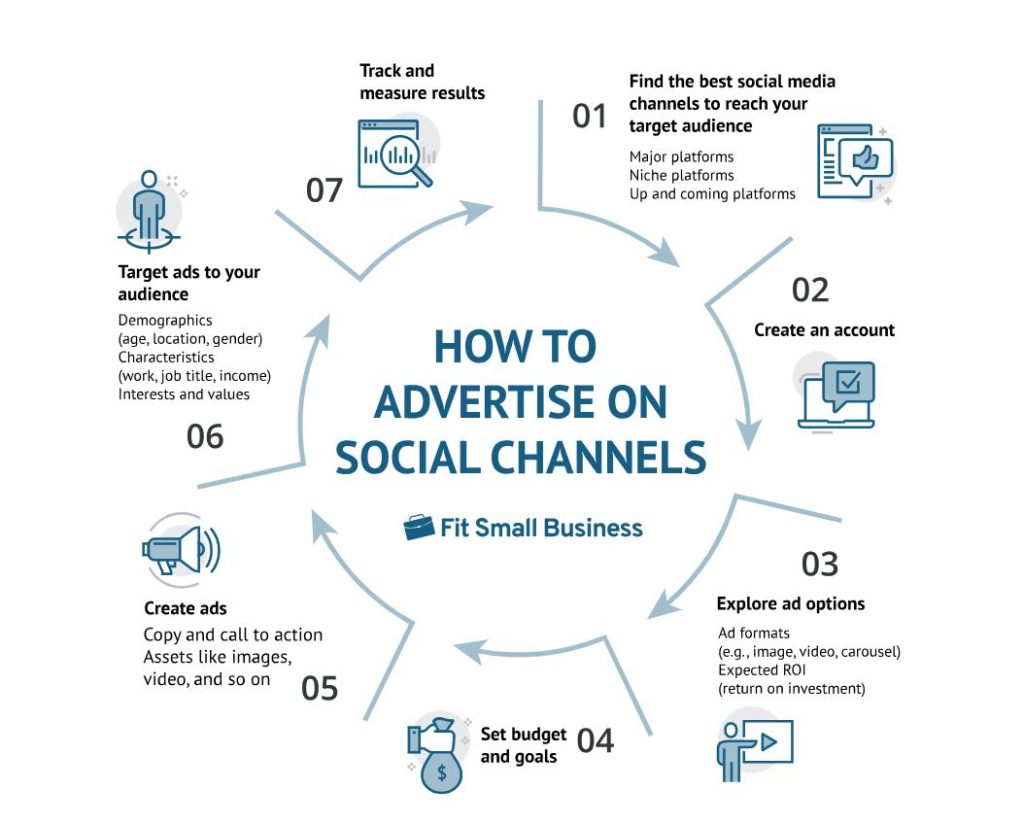
Here’s a quick rundown for every channel–
- AdWords works well for local business promotion, but it may not suit you if you run an advocacy or charity organization
- Facebook is good for eCommerce businesses but cannot work well for local service businesses
- LinkedIn ads can be good for agencies and consultants but not for B2C businesses
So analyze all such channels and then select what’s best for your business.
7. The Frequency Capping, Adjustments
With frequency capping, you can decide how many times a user will see your ads in a day. If you don’t want to bother users with your ads, include this in your remarketing strategies list.
Here’s an example, if you set the frequency capping to 3, then the user will see your Google Ads 3 times in a day.

It can vary as per your remarketing campaign, goals, and inventory. However many marketers say that setting a cap to 5-6 impressions a day can be good practice.
If you’re not sure how often your ads should be displayed, you can select the option Let Google decide.
8. Indulge In A/B Testing
The sustainability of your remarketing campaign hinges on how well your landing pages perform. One of the best methods for optimizing your landing page is A/B testing.
By employing this strategy, you may create two landing pages that, aside from that one point, are remarkably similar. Maybe you edit the language or color palette, add a special video or image, or simply modify the design of one. You compare how well each page performs over a specified period. The variant that generated the most clicks or conversions is then identified.
A/B testing is a technique that is also utilized to run different upselling offers, which is another marketing strategy that helps with increased revenues.
Want To Start A/B Testing For Upselling?
Let’s learn about performance tracking now. Reviewing the response of your campaigning is also essential…
How To Track The Performance Of Your Remarketing Campaign?
To track and measure the performance of your remarketing campaigns, you need to keep an eye on some metrics. Here are those metrics:
1. Returning Visitors
The objective of remarketing is to bring users back to your website or app. Hence, tracking the returning visits becomes crucial to track the performance of your remarketing campaigns.
2. Conversion Rate
Another objective that’s even bigger than returning visitors is the conversion rate. When you run retargeting ads, you expect some conversion. So you need to keep an eye on the conversion rate once you start running your remaining campaigns.
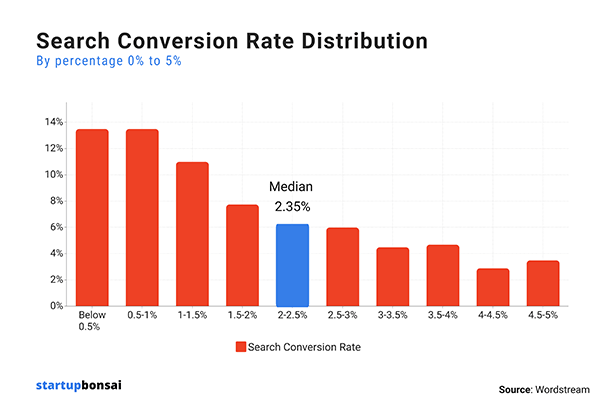
Source- StartupBonsai
If your conversion graph goes up after your remarketing campaigns, you’re doing well. But if there’s no movement in your conversion, you should optimize your campaigns.
3. Abandoned Cart Rate
Remarketing ads can be a great help to diminish abandoned cart rates. When you retarget users with your ads, they come back to your site to complete their purchase. This helps you lower cart abandonment on your website.
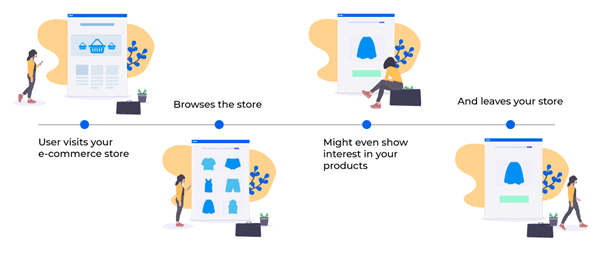
So abandoned cart rate is a significant KPI that shows how your remarketing campaigns are performing.
4. Email Open Rate
If you retarget users through emails, your email open rates will see a rise. So it is crucial to track them to understand if the users are engaging with your campaign or not.
If they don’t open your remarketing emails, you need to change your email remarketing strategies.
5. Remarketing Email Click-through Rate
If your remarketing email contains a link to the products, they’ll click on it to purchase them.
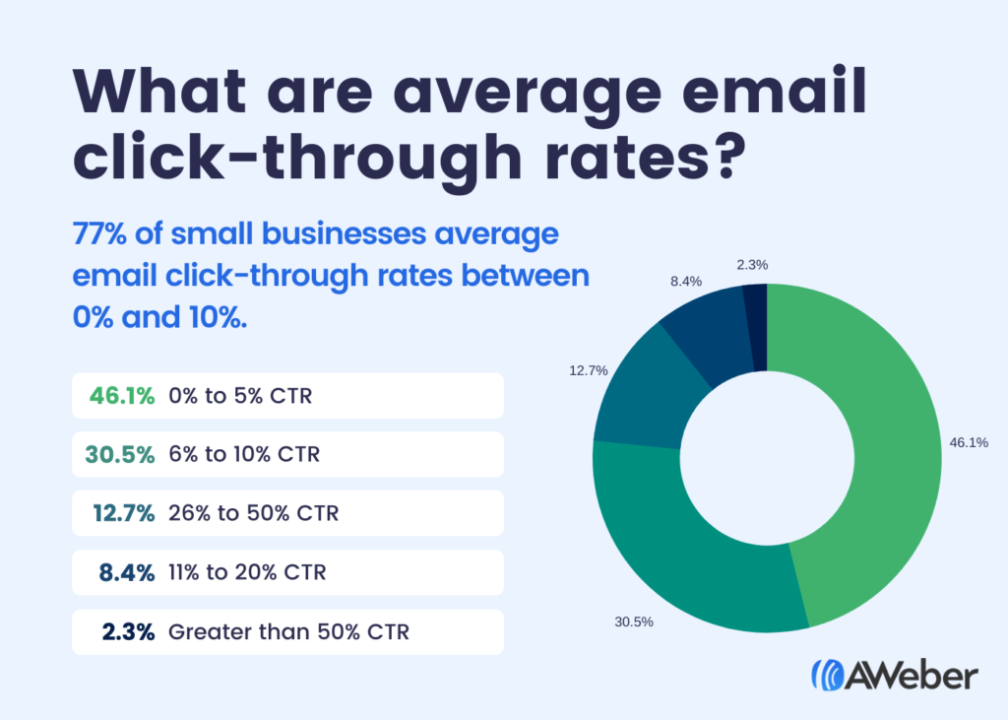
This will increase your email CTR. So email click-through rate also becomes a vital metric to track the performance of your remarketing campaigns.
6. Email Unsubscribe Rate
The last thing you want is people unsubscribing to your emails. And if your email unsubscribe rate is still going up after running remarketing email campaigns, you need to tweak your email remarketing strategies.
Do Email Popups Let You Convert With Ease?
So always keep an eye on the email unsubscribe rate to check whether your remarketing strategy is working fine.
Some Holiday Remarketing Mistakes To Avoid
Before jumping right into the holiday remarketing mistakes to avoid, let’s consider other things that can go wrong as well. Why? Because, the festive season is that period when minor mistakes can cost you, huge losses. And, this is also the season where merchants make silly mistakes. But don’t worry. You got your back!
Just like the strategies, mistakes are also something you should know about. So here are some holiday remarketing mistakes you must avoid while creating your eCommerce remarketing strategies for the holiday season.
1. Including Fresh Audience In Your Holiday Remarketing Strategies
Remember, remarketing costs money. And you can’t waste it on an audience that has fewer chances of conversions. So make sure the audience you’re targeting is somehow familiar with your offerings. This is because converting existing users is easier than converting new ones.
For example, if you are showing me ads for a product I don’t know anything about, I’ll ignore them.
2. Overlooked Bids, Not Monitoring Them
The amount advertisers are willing to pay per click is a CPC bid.
During the holiday season, you need to closely monitor your bids. This will help you make sure that your ads are not paused because of your bid cap. Monitoring your bids will help you make sure that you’re not bidding less or more, which can affect your ad ranking or exhaust your marketing campaign budget.
3. Sticking To That Old Technique
You can set the duration of your remarketing list. But here, you need to take care that you don’t set it for an eternity.

Like if a group of people visited a product page, let’s assume types of denim. If you’ve added a remarketing event snippet on that page, they’ll be added to that remarketing list.
If the maximum duration of that list is 240 days, they’ll see similar Google ads for 8 months. That would be painful 😖. So make sure you don’t use a similar remarketing list for a long time in your remarketing campaigns.
4. Irregular TAG Implementation
If the developers say they’ve implemented the tags properly on your site, cross-check once since this is something where many marketers fall short. If your tags are not implemented correctly, your remarketing audience will not populate.
And Google AdWords won’t count the conversions accurately. So make sure the tags are implemented in the right manner.
5. Neglecting Placement Exclusions
Nobody would notice your company’s banner if you hung it on a deserted street.
Placement exclusion is something that. It helps you exclude those locations that aren’t fruitful for your retargeting ads. Like, wouldn’t want to show your retargeting ads on spammed websites. With placement exclusion, you can exclude such locations.
If you’re planning your holiday remarketing strategies and neglecting placement exclusions, you’ll end up squandering. So make sure you exclude unnecessary domains. This won’t just increase the relevancy of your ads, but also reduce the cost you’re spending on it.
Are You Scared Of Making Mistakes This Festive Season?
Remarketing Vs Retargeting
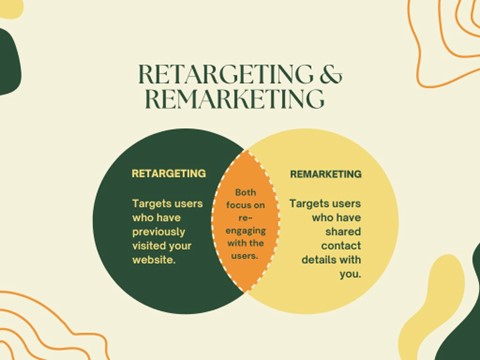
Remarketing is a vast concept or term that covers different marketing strategies for the same target audience again and again. Retargeting, on the other hand, is a subset of remarketing. It is considered to be a part of the huge concept.
While remarketing is a huge term, a retargeting campaign targets only web traffic. I know, it might sound a bit complex and complicated, which is why a lot of marketing uses these terms interchangeably.
And, if you are new to the concept, let’s simplify this. It is a process of running a paid remarketing ad that focuses on people who are already familiar with your business.
Over To You…
Let’s admit it, during the festivities, individuals normally go bonkers. Your CPCs will rise, but so will your click-through rates, and even if your CPCs have risen, your cost per action ought to decline. People are looking for deals like crazy at the moment. Brands are ready to comply and toss offers around.
Here is a tip for all the merchants, planning to start or adopt holiday remarketing strategies,
This leaves you with so much recoverable revenue. And if you recover just a tiny fraction of it, you can see exceptional benefits.
I’ve shared above some advanced remarketing strategies for eCommerce businesses. I won’t say they’ll do magic overnight, but it will make things better.
Any other remarketing strategies you know or follow? Let me know in the comments.
Hold on…
Are You Missing Out On Something?
Yes, The On-Going Offers & Deals…
Boost sales and profits with proven techniques of Holiday Remarketing Strategies. These will help you make the most of the 2024 festive season…

